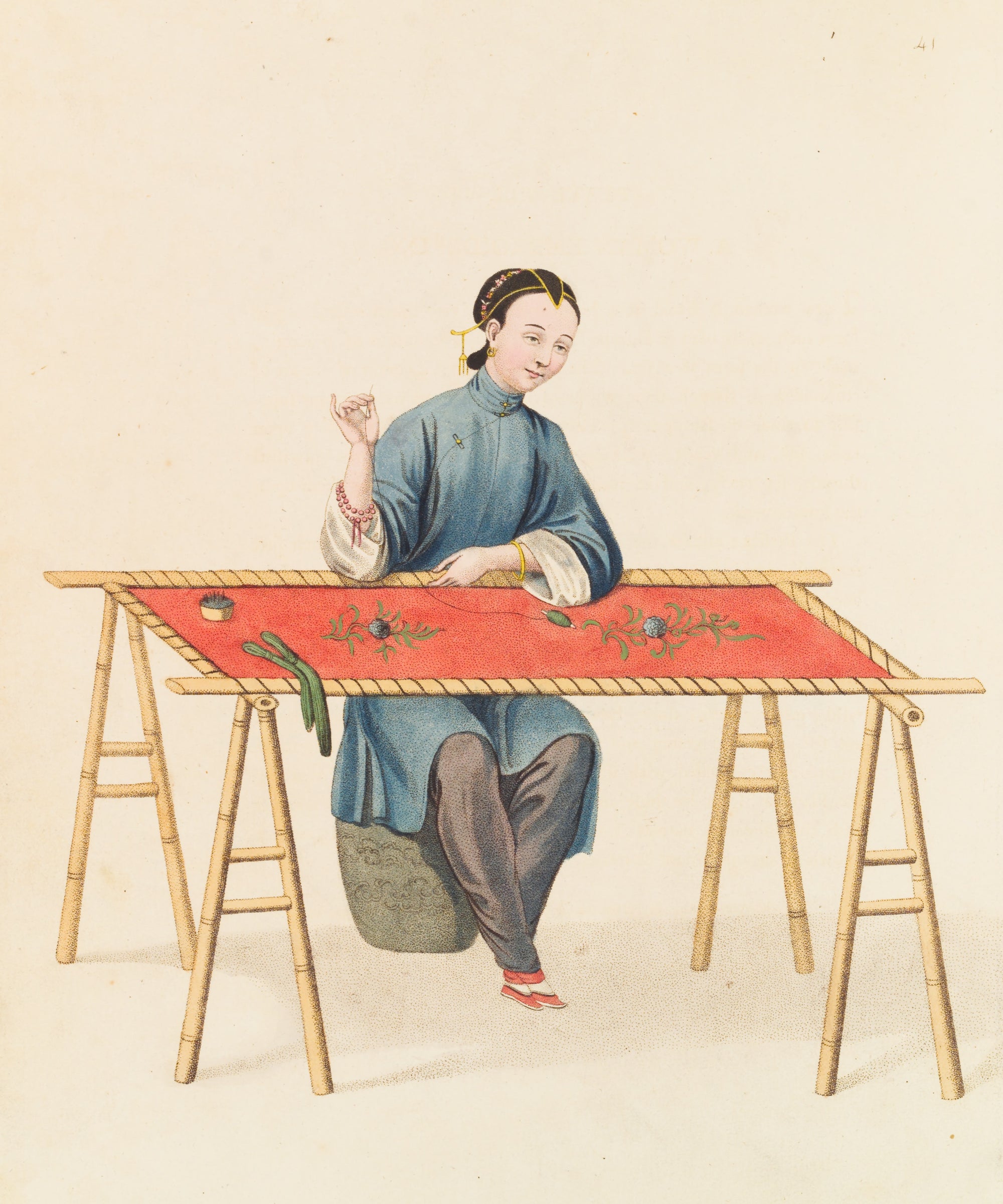

· By Otto Gossamer
The Embroidery Evolution
Embroidery has always been an art form that transcends both time and cultures, capturing the essence of creativity and cultural expression. From the delicate stitches of ancient civilizations to the precision with the speed speed of modern technology, the journey of embroidery is a testament to the ingenuity of that we’ve been able to achieve over dozens of generations. Though we use production machines at Embify, it’s important to reflect on the history and style of hand embroidery and its transformation into the world of machine embroidery.

Hand embroidery has a rich and vibrant history that dates back thousands of years. The origins of this art form can be traced to ancient civilizations such as Egypt, China, and India, where skilled artisans meticulously stitched intricate designs using needle and thread. Clothing, accessories, religious artefacts, and even tapestries, like the Bayeux Tapestry pictured below, were embroidered. The different styles of stitching showcased the creativity and status of individuals and communities, letting the craft ascend cultures from around the world.
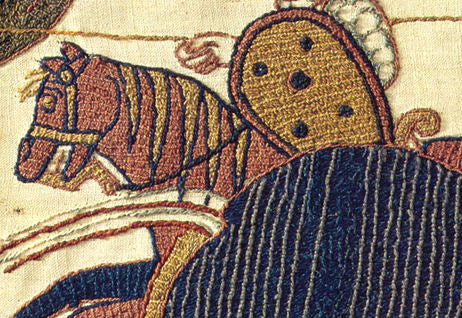
Throughout centuries, hand embroidery techniques evolved and incorporated different stitches styles, patterns, and materials. From the delicacy of the chain stitch to the elegance of the satin stitch, each stitch added depth and texture to the item being sewn, transforming it into something beautiful. Embroidery became a symbol of prestige, craftsmanship, and cultural heritage.
And although hand embroidery possessed an undeniable charm and still does to this day, it was a time-consuming and labour-intensive process. The industrial revolution brought on a transformation in fashion through the use of machinery. In the mid-19th century, Isaak Gröbli developed an embroidery machine known as the Schiffli which helped revolutionize the industry as we know it.
The Schiffli, pictured below, laid the foundation for the mechanized embroidery industry. These machines reduced the time and effort required to create intricate designs, enabling mass production of embroidered products. The world witnessed the birth of a new era, where the possibilities for embellishing textiles seemed endless.
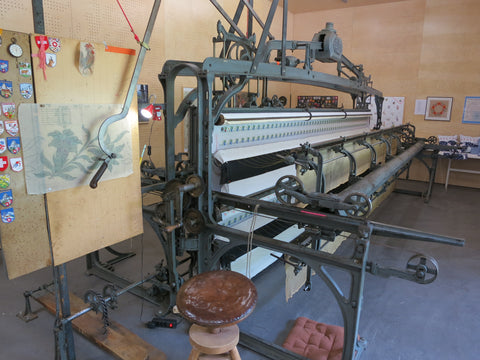
The introduction of computerized embroidery machines in the late 20th century by Tajima propelled the art of embroidery to unprecedented heights. These machines combined the precision and speed of technology with the creativity and artistry of hand embroidery. Designers and artisans could now translate their visions into digital files, which could be flawlessly reproduced by the machines.
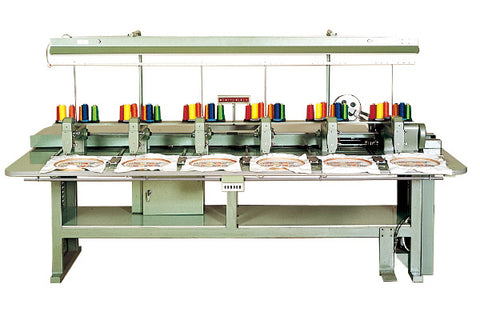
Computerized embroidery machines provided numerous advantages which allowed complex designs to be executed with precision and ensured consistency and accuracy in every stitch. The use of multiple colours made adding shade and depth effortless, enabling vibrant and lifelike embroidery. The machines made detailed things that would take days, if not weeks, by hand into minutes and hours with mass production.
In the present digital age, embroidery has seamlessly integrated with technology in the fashion industry. Personalized embroidery, once a luxury that was reserved for the elite, became accessible from anyone wanting to add individuality to their garments and logos to garments and accessories for a business to anything in between.
The fusion of art and technology has made machine embroidery a vital component of various industries, including fashion, interior design, and promotional merchandise, like the caps pictured below.
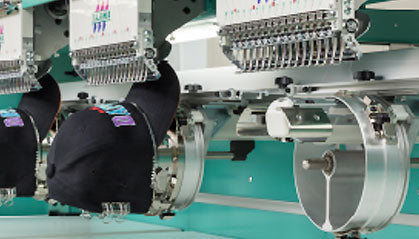
Whether you're drawn to the simple charm of a hand-sewn piece or the sharp accuracy of machine-made work, embroidery is still a crowd-pleaser. It appeals to that basic human need to make, to tell stories, and to leave something of ourselves behind. So, whether you're threading a needle or programming a machine, let embroidery be your outlet to show off your creativity and make your ideas a reality. And if you need some embroidery done? Let us know. Otto would love to send you over a quote today.
